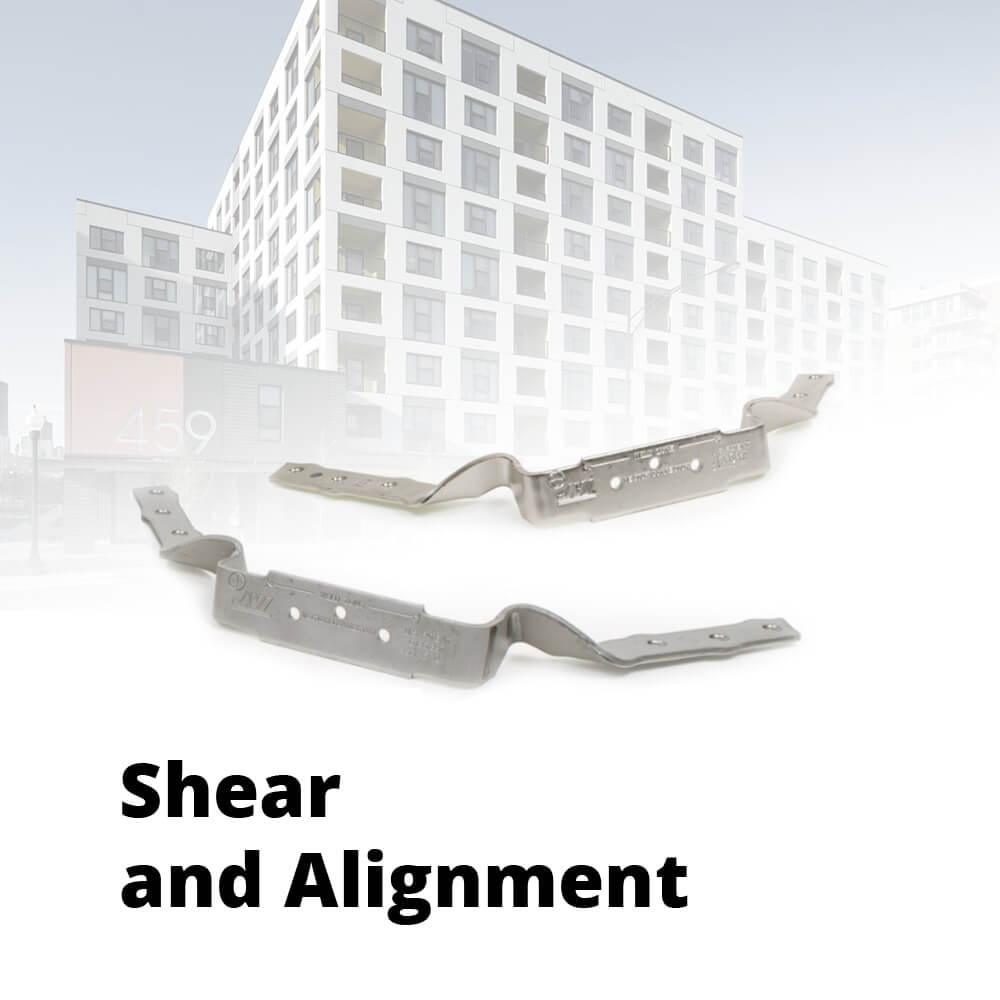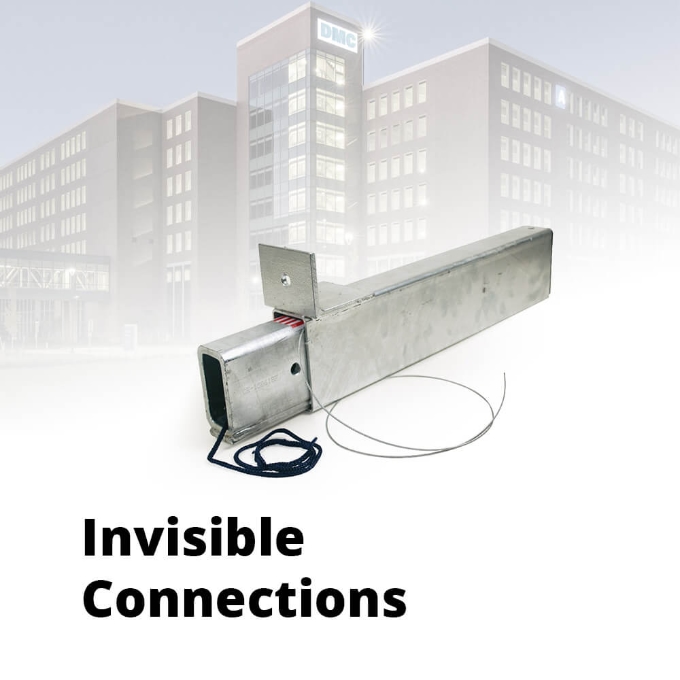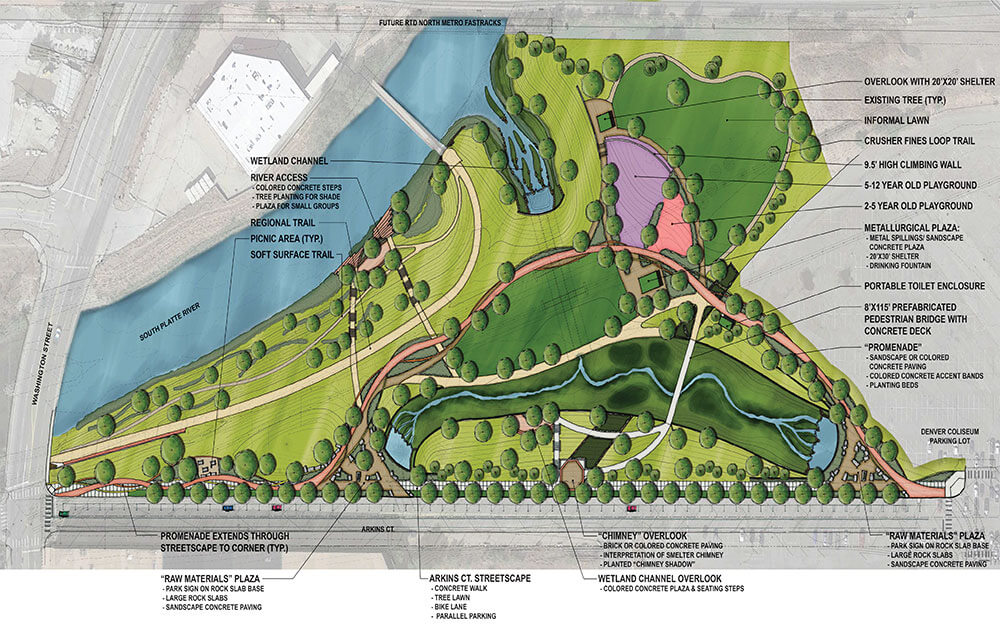
Taking Denver by Storm
Credit: Original article published here.
Precast plays a winning role in Denver’s largest-ever storm drainage project.
By Bridget McCrea
The city of Denver stakes its claim to fame on the fact that it sits at one mile above sea level. However, it’s what’s going on below ground that has been generating headlines lately.
The city has taken on a huge infrastructure replacement project that incorporates parks, rivers and stormwater channels. The Globeville Landing Outfall (GLO) project is already well under way and focuses on improving connectivity, reclaiming a concrete culvert as park land, adding a natural open channel with vegetation that will move stormwater safely, and enhancing the overall park design. The city of Denver stakes its claim to fame on the fact that it sits at one mile above sea level. However, it’s what’s going on below ground that has been generating headlines lately. The city of Denver stakes its claim to fame on the fact that it sits at one mile above sea level. However, it’s what’s going on below ground that has been generating headlines lately.

Rendering courtesy of Denver Department of Public Works
Protecting people and property
The project includes a redesign of Globeville Landing Park and an open channel connecting to the South Platte River. The overall project is referred to as an outfall since this is the location where stormwater enters the South Platte River. Essential to improving flood protection in a few specific areas, GLO is the first of several steps being taken to safely receive stormwater from the other project areas.
Heather Burke, public information specialist with Denver Public Works, said the project will protect people and property in the area during major floods. She said the city is also working to improve water quality by reducing contaminants entering the river through stormwater runoff.
“This project is intended to address recurrent flooding problems in these neighborhoods and reduce the potential for catastrophic flood damage,” she said. “The Platte to Park Hill Stormwater Systems program represents the largest project Denver has ever undertaken to account for 100-year flood protection to help protect homes and people.”
Precast concrete took center stage during the early stages of the project, when the city’s engineers, the contractor, and precast manufacturer Forterra worked together to sort out the options and come up with the best plan for the new, reinforced concrete storm sewers.
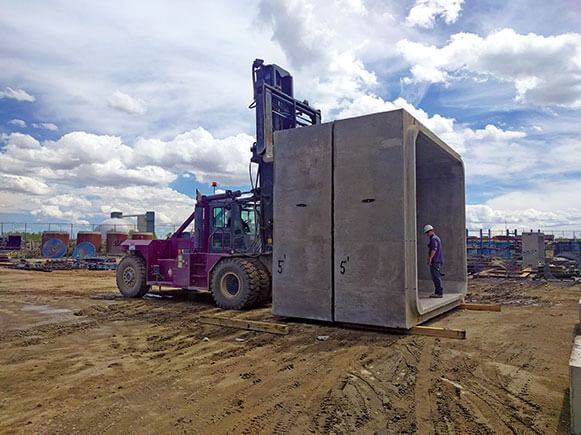
Photo courtesy of Forterra
Precast concrete is at the heart of Denver’s largest-ever stormwater drainage project.
Forterra manufactured a 500-yard-long, 15-foot-by-12-foot precast concrete box culvert tunnel for the project. Jeff Arnold, vice president and general manager for Forterra’s North Region, said the project kicked off when the city reached out to discuss options for making the tunnel.
“We talked about using round pipe or box culvert, and how we would utilize standard-loading box culverts,” Arnold said. “We basically partnered with the city’s engineers on the design and fed them back the information on our production capabilities.”
Arnold said a cast-in-place option was discussed early on, but it was dismissed due to incompatibility with the project itself and its surroundings.
“Cast in place is an option, but based on how deep the pipes had to be buried (up to 25 feet down) and the speed at which it all needed to be constructed, precast was by far the best choice,” Arnold said.
Burke cited the speed of precast as well.
“Precast concrete was preferred for the large boxes because of the ease and speed of the installation,” she said. “Schedule was a driving factor on this project.”
Making the grade
For the massive infrastructure project, Forterra manufactured 547 linear feet of 15-foot-by-12-foot precast, rubber-gasketed box culvert; 855 linear feet of 14-foot-by-12-foot culvert; and 1508 linear feet of 8-foot-by-8-foot culvert. It also supplied various quantities of round reinforced concrete pipe. And while the manufacturing process itself wasn’t particularly challenging or out of the ordinary, Arnold said the construction schedule included “very strict joint tolerances” to ensure a watertight seal.
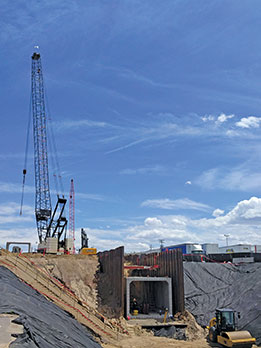
Photo courtesy of Forterra
The Globeville Landing Outfall will protect homeowners and property from catastrophic flood damage.
Aurora, Colo.-based Ames Construction was the contractor for the project, and Project Engineer Shawn Kronebusch said the tight tolerances were yet another reason precast stood out as the material of choice for this particular project. Not only did the excavation depths range from 20-to-25 feet, they are located on a city street.
“Shoring was quite a challenge, to say the least,” said Kronebusch, whose firm drove sheet pile into the ground on each side culvert, lined it, excavated, and then set the culverts.
Kronebusch said precast helped Ames Construction save on project costs because it allowed the company to “do a bit of work each day,” and then move the sheet pile to the next location.
“The purchase of the sheet pile alone was quite expensive,” he added. “But we were able to move our shoring just a little bit each day in order to be more economical with it.”
All precast pieces were preassembled and inspected for fit and finish before they left the yard for delivery to the job site. For Forterra, which is capable of making spans of up to 20 feet by 12 feet in size, the products themselves weren’t especially challenging to make.
Most of the boxes were 15-feet-by-12-feet or 14-feet-by-12-feet, according to Arnold, while the typical culvert box design tops out at 12-feet-by-12 feet.
“So, while that’s definitely more ‘mega box,’ it was right up our alley in terms of project size,” he said.
As Denver’s largest-ever storm drainage project, the GLO is going to take a few years to complete. Ames Construction handled much of Phase I by installing the precast culverts and pipe, the last of which were delivered to the job site in early April.
Consistent project, consistent mix
Having attended several construction meetings over the last year, Arnold said he’s heard only positive feedback about GLO and the role precast concrete played in the project’s success so far.
“Everyone is very happy with the project, the timeline and the installed product,” Arnold said. “The contractor has done a nice job with the installation, and the line looks great.”
To specifiers who may be considering precast for similar projects in their towns or cities, Arnold said the fact that products were manufactured in a controlled environment where quality control is ongoing throughout the process makes it an excellent choice for large infrastructure projects.
“We delivered the boxes with the gaskets preinstalled, so basically the customer took them right off the truck and put them right into the excavated hole,” Arnold said. “All with no additional work like you’d find with field-poured concrete. It’s a consistent product and a consistent mix.”
Kronebusch echoed Arnold’s sentiment and said the completed phase was a definite success.
“The tolerances on the culverts were a challenge, but Forterra was great about working with us on that and other specifics,” he said. “We all went through a bit of a learning curve at the start of the project, but we were able to work together as a team, think through the problems, and then come up with a workable solution.”
Burke said the city is very happy with the project as well.
“GLO will help protect people and property in the area during major floods,” she said. “It’s also part of the city’s efforts to improve water quality, to make the South Platte River a more valuable amenity to the city, and to promote active, healthy lifestyles for Denver’s residents.”
Bridget McCrea is a freelance writer who covers manufacturing, industry and technology. She is a winner of the Florida Magazine Association’s Gold Award for best trade-technical statewide.


